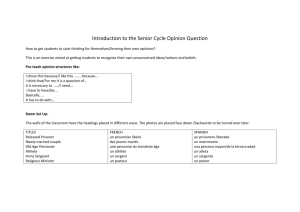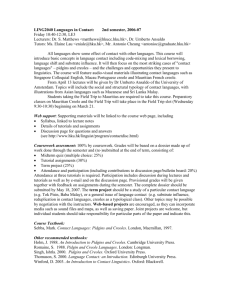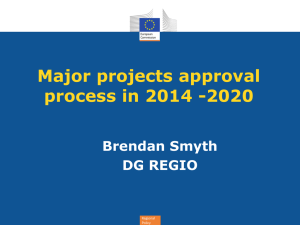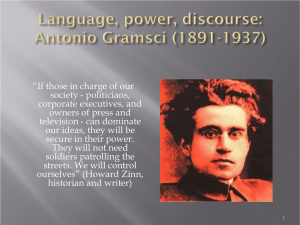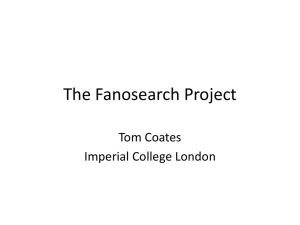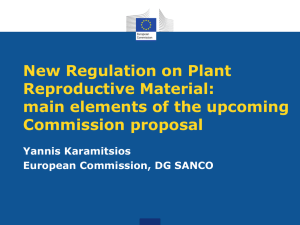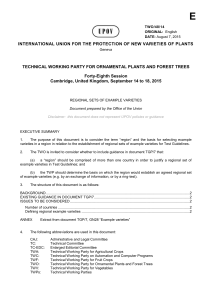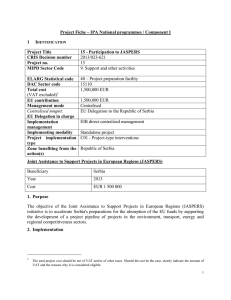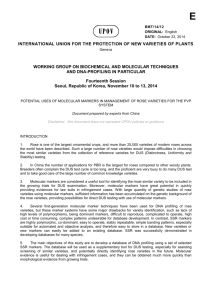File
advertisement
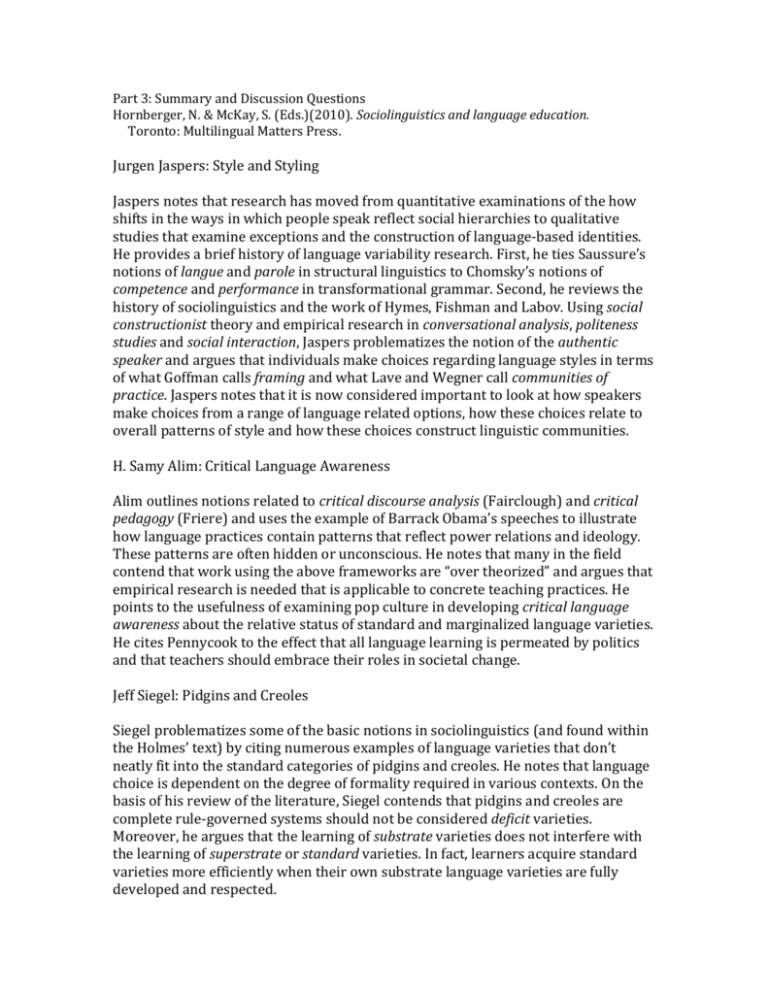
Part 3: Summary and Discussion Questions Hornberger, N. & McKay, S. (Eds.)(2010). Sociolinguistics and language education. Toronto: Multilingual Matters Press. Jurgen Jaspers: Style and Styling Jaspers notes that research has moved from quantitative examinations of the how shifts in the ways in which people speak reflect social hierarchies to qualitative studies that examine exceptions and the construction of language-based identities. He provides a brief history of language variability research. First, he ties Saussure’s notions of langue and parole in structural linguistics to Chomsky’s notions of competence and performance in transformational grammar. Second, he reviews the history of sociolinguistics and the work of Hymes, Fishman and Labov. Using social constructionist theory and empirical research in conversational analysis, politeness studies and social interaction, Jaspers problematizes the notion of the authentic speaker and argues that individuals make choices regarding language styles in terms of what Goffman calls framing and what Lave and Wegner call communities of practice. Jaspers notes that it is now considered important to look at how speakers make choices from a range of language related options, how these choices relate to overall patterns of style and how these choices construct linguistic communities. H. Samy Alim: Critical Language Awareness Alim outlines notions related to critical discourse analysis (Fairclough) and critical pedagogy (Friere) and uses the example of Barrack Obama’s speeches to illustrate how language practices contain patterns that reflect power relations and ideology. These patterns are often hidden or unconscious. He notes that many in the field contend that work using the above frameworks are “over theorized” and argues that empirical research is needed that is applicable to concrete teaching practices. He points to the usefulness of examining pop culture in developing critical language awareness about the relative status of standard and marginalized language varieties. He cites Pennycook to the effect that all language learning is permeated by politics and that teachers should embrace their roles in societal change. Jeff Siegel: Pidgins and Creoles Siegel problematizes some of the basic notions in sociolinguistics (and found within the Holmes’ text) by citing numerous examples of language varieties that don’t neatly fit into the standard categories of pidgins and creoles. He notes that language choice is dependent on the degree of formality required in various contexts. On the basis of his review of the literature, Siegel contends that pidgins and creoles are complete rule-governed systems should not be considered deficit varieties. Moreover, he argues that the learning of substrate varieties does not interfere with the learning of superstrate or standard varieties. In fact, learners acquire standard varieties more efficiently when their own substrate language varieties are fully developed and respected. Questions: These three chapters problematize the notions of standard language varieties and standardized language usage. Saussure’s concepts are often cited as important precursors for structuralist theory. His notion of langue, in particular, is an idealistic or rationalist theory of language that has antecedents back to Plato. Chomsky’s concept of competence is similar in terms of its biologically based notion of human exceptionality. Idealist or rationally-based linguistics argue that: there are universal standards (syntax) as to what constitutes language (e.g. “colorless green ideas sleep furiously” is correct; “sleep colorless green furiously ideas” is not); language is a system that is genetically derived (i.e. hard wired in the brain); language is infinitely creative; language exists at a deeper level than what we usually consider discrete languages (Universal Grammar). These notions are in contrast to functionally-based theories of language. The most influential of these is the systemic functional model developed by Michael Halliday, which posits language as a socially based set of resources for the construction of meaning and communication. Language learners make language choices within social contexts. Functional linguistics argues that: language is a resource and a set of meaningful choices for the user, rather than a system of formal grammar rules; there is little value in positing an ideal or abstract version of a user of language; human language use is in “chunks”, not in discrete words or phonemes; language forms cannot be separated from meaning or context. If rational linguistics is valid, how can one explain the differences in meaning that are culturally or context dependent, such as in the following example? “Many dogs are friendly and many dogs are well-bred”; “Many dogs are well bred and friendly”. If functional linguistics is valid, how can one explain the speed at which first languages are learnt by children? See my Structural and Functional Grammars ppt (posted on my website) for more detailed treatment of these two orientations towards language.
